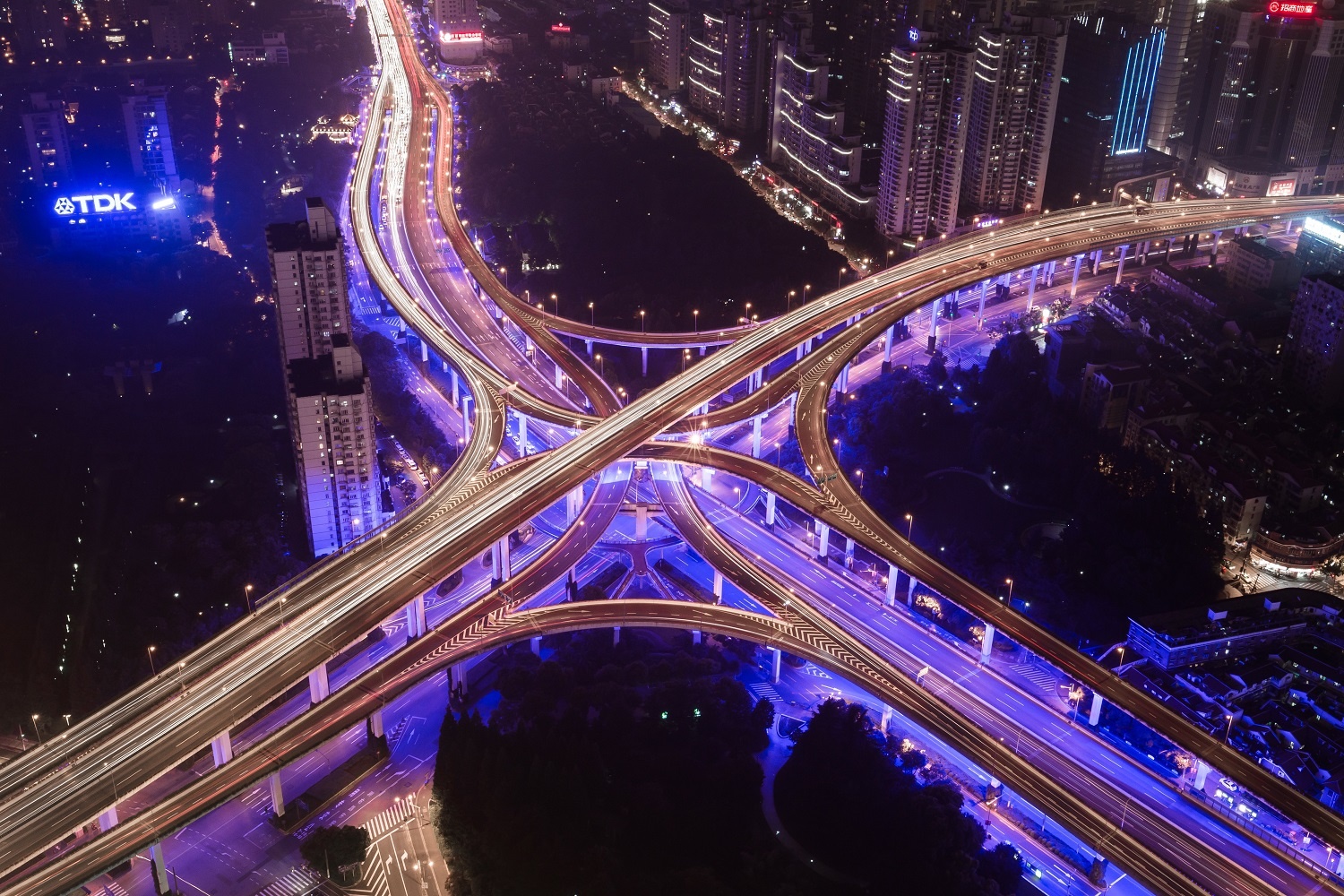Advancing urbanization on all continents presents major challenges to architects, engineers and city planners. Metropolises are growing all the time but space on earth is getting less: scientists believe that the sea level will rise by 20 to 60 centimetres by the year 2100 because of climate change and will flood more and more land mass. The oceans, which today already account for 71 percent of the surface of our planet, could in future be the crucial habitat for humans. Promising advances have already been made for living on and below water. In this post we will outline some of them for you.

© Wikimedia Commons, CC BY 3.0, https://commons.wikimedia.org/wiki/Category:Seasteading#/media/File:AndrasGyorfi.jpg
Maritime gardens in the Floating City China
In 2014, Chinese firm CCCC-FHDI commissioned architect’s office AT Design Office to design an urban island covering four square kilometres. Under the name "Floating City” the architects designed an urban island of hexagonal modules which are connected with an infrastructure of underwater tunnels, streets and walkways. At docks situated both on and below the water surface ships or submarines can moor in order to facilitate the exchange of goods.
The architects’ design also contains green areas in the form of vertical gardens, which are created on and below the water. Not only do they serve as recreation areas but also provide food production and fresh air. A glass shaft in the centre of the construction provides natural light. The floating city is even set to have its own waste recycling facility. In addition, underwater residences, sports facilities and shopping centres top off the futuristic concept. CCCC-FHDI is currently investigating possible financing. Whether this will ever be realized remains to be seen.
“Ocean Spiral”: a city goes on a diving course
Another maritime vision is the “Ocean Spiral” project by Japanese construction firm Shimizu Corporation - an underwater city appearing like an iceberg since only the top juts out of the water. Underwater living is set to take place in a funnel-like pillar or column, housing apartments, offices and businesses on several storeys. A 15-kilometre long spiral acts as an anchor and links the city with the sea floor. In calm seas it floats on the surface of the sea and in bad weather it dives down like a submarine.
The power supply is to be via ocean thermal energy conversion. Here, the focus is not only on electricity production but also the desalination of seawater in order to ensure drinking water. What sounds like some utopian science fiction is based on the expertise of a research team from Tokyo. The costs of realizing the futuristic project are projected to be approximately 20 billion euros.
Overcoming boundaries: Olten (Switzerland) has a new landmark - the Aare bridge.
Seasteading Institute: autonomy on the water
Floating City and Ocean Spiral are not the only designs of this kind. Throughout the world scientists, architects, engineers and city planners are focused on maritime city scenarios of the future, including also the US American Seasteading Institute. It has set itself the task of facilitating the construction of autonomous, mobile communities on floating platforms in international waters. A revolutionary idea which would like to use the area on the water which is hard to define in law in order to test new forms of society based on a libertarian economy.
According to the vision of founder Patri Friedman the floating city states are to develop concepts to help to solve 21st century problems and find an alternative economic form to capitalism. Similar to start-ups in Silicon Valley, the city states are to woo their residents by enticing them with attractive offers and added value. Friedman has already secured a multi-billion dollar supporter: PayPal founder Peter Thiel invests millions into the research of maritime floating cities. The Seasteading Institute organizes regular architecture competitions to further advance ideas.
Floating cities: just science fiction?
As utopian these architectural scenarios on the sea might initially appear, making the water accessible as habitat offers great potential and is already several thousand years old. The Tanka people in Hong Kong or the Uros on Lake Titicaca have always lived on floating dwellings. It is clear that much of the technology already exists and now it is about combining theory and practice.





